Integrating modern and legacy systems for an efficient digital transformation

Digital technologies are revolutionizing the way we live, from how we use smartphones to how we navigate our way through an unfamiliar city, to the recommendations of what product to purchase next on an online shopping site. And whether you like it or not, technology is impacting your business too.
It is becoming more crucial than ever for organizations to establish a digital transformation strategy to ensure they are responding to the ever-changing trends of the industry. Today’s millennial customers are the largest generation in the workforce and have grown up with digital technologies.
As a result, these tech-savvy individuals are also expecting the companies they do business with to be digitally savvy in their offerings. Those who can’t meet these needs will risk falling behind.
Harnessing technology is not only about keeping up with current trends to remain “relevant.” Digital transformation can also lead to greater efficiency and revenue potential. According to PWC in its 2017 Global Digital IQ Survey,
“Organizations that focus on creating better customer experiences through technology tend to have more mature strategies for digital in a range of areas – and to realize better outcomes.”
The digital disruption of document management
Customers of today are demanding a seamless, smooth, and engaging experience from start to finish. But perhaps one of the biggest challenges in the delivery of this is having to trouble customers to provide information continuously.
While many businesses have made the shift from pen-and-paper documentation to online, this process is still a business hindrance. It is long and tedious, and often requires customers to re-input information multiple times, despite your organization already having access to it.
This very often leads to forms being left incomplete and sales lost. With this in mind, it’s time to shred the static, out-dated form and rethink your document management and customer communication systems.
Aragon Research, an independent research and advisory firm, released a report earlier this month outlining the needs for businesses to make the shift away from the human creation of documents and towards machine creation and routing. This is otherwise known as workflow and content automation (WCA).
According to the report, by 2020, 65 percent of enterprises will have shifted their document processes with a new focus on automated creation and routing.
Businesses must move to a more digital solution that also integrates with legacy systems and investments while seamlessly automating the front-end.
According to the Aragon report, enterprises must:
- Ensure that this solution is open, cooperative, easy to use, and has a product roadmap for the future
- Take a look at their customer, employee, and partner journeys to identify the critical document processes and agreements which they need to automate first.
A WCA solution which is both journey-based and epitomizes ease of use is Intelledox. The solution-ready platform has been used by many of the world’s leading companies and government organizations to transform outdated forms and processes into intelligent, customer-centric experiences.
By speeding up information flows between your company, customers, employees – as well as core business systems of record – you will be empowered to sign more clients faster, onboard them into programs, and provide an all-around better customer service.
Providing a frictionless form experience
The path to successful customer engagement is a truly digital experience. If your business is still using static paper forms, PDFs or even “smart” web forms in your everyday interactions, you’re throwing away an opportunity to engage with your customers — not to mention the time and money you’re wasting.
Today’s customers demand personalized experiences that anticipate their needs and provide a solution to what they’re looking for.

Intelledox
With the Intelledox “Adaptive Form Builder” you can do just this. Using an adaptive interview system, you can present questions dynamically to your customers. Speed up completion time by allowing customers or employees to confirm what you already know, adding only then what you need to move the interaction forward.
This intelligent solution uses existing data and user inputs to drive intuitive conversations with customers on the device of their choice. Furthermore, the solution is automated, significantly reducing or eliminating manual processes such as re-keying and optical character recognition (OCR).
A culture of connectivity
The combination of new responses you receive and the data you already hold in your core systems of record can create a personalized and meaningful conversation with your customer.
Intelledox Infiniti was built for the on-demand needs of customers and can connect next-generation forms with data in your core systems such as:
- Customer relationship management (CRM)
- Enterprise content management (ECM)
- Business process management (BPM)
Many companies leverage the centralized nature of Intelledox Infiniti to streamline their processes. Using the solution, financial advisors at AMP In Australia can pull in information from multiple CRM systems to produce their advice documents. The firm also extracts personal business graphics from their content management system to seamlessly generate branded documents.
In just the first couple of months using this automated digital solution, AMP reduced document completion time from one day to one hour.
Not only does the platform integrate with your core legacy systems, but also offers pre-built connectors to other systems including e-signatures solutions such as DocuSign. With this ability, you can deliver an end-to-end experience to customers while providing ROI in terms of both time and cost savings.
A recent third-party study found DocuSign’s enterprise customers realized an average of US$36 in incremental value per transaction with e-signatures. That included both hard dollars from paper, postage and storage savings, as well as efficiency gains
Ensure complete compliance and security
Digitalizing document management also plays a crucial role in the regulatory system that’s ingrained into most workflows today. Since the advent of the internet, compliance and regulatory requirements have become a particularly tricky territory to navigate.

Intelledox
Especially in industries which are highly regulated such as finance, it is crucial to pay high attention to how a document is created. Among other things, you must ask yourself whether you are delivering the right information for the customer’s location, if digital communications are delivered securely behind your firewall, and how fast your templates are updated based on regulatory changes.
Manual processes which involve copying and pasting from old content can introduce compliance risks. With a modern digital solution like Intelledox, each administration action is tracked and recorded to ensure any out of process changes can be identified and managed. Moreover, the entire reference database can be encrypted for protection against theft.
Perhaps the reason as to why various financial institutions, insurance companies, government agencies, and other enterprise organizations trust Intelledox can be partly attributed to the rigorous security testing its products are subject to.
If you’re tired of outdated, disconnected forms and processes and are ready to deliver the engagement consumers have come to expect, then see why a print-based approach to customer care is failing modern business.
To find out more about Intelledox and to see if your Customer Communication Management (CCM) is slowing down your business, follow the link and download the ebook.
READ MORE
- 3 Steps to Successfully Automate Copilot for Microsoft 365 Implementation
- Trustworthy AI – the Promise of Enterprise-Friendly Generative Machine Learning with Dell and NVIDIA
- Strategies for Democratizing GenAI
- The criticality of endpoint management in cybersecurity and operations
- Ethical AI: The renewed importance of safeguarding data and customer privacy in Generative AI applications
